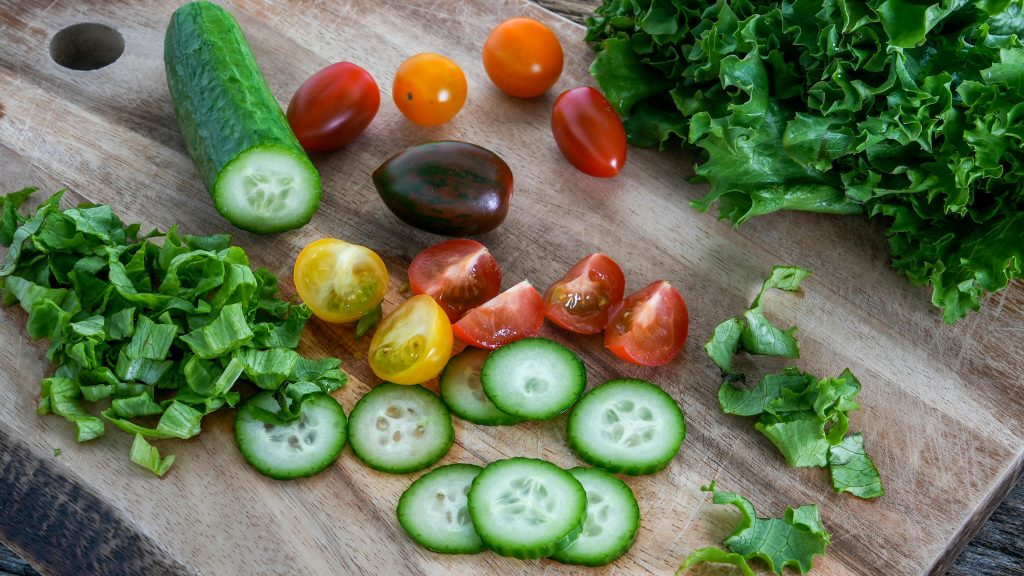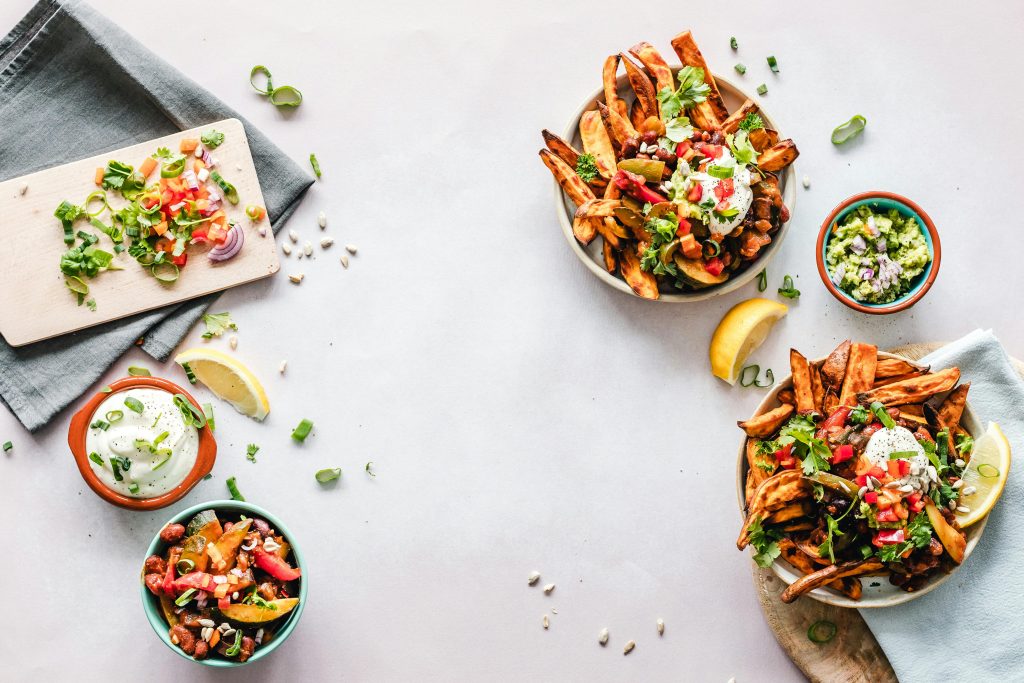Why Healthy Eating Shouldn’t Feel Like Punishment
The idea that healthy eating equates to bland, joyless meals is a persistent one. We always imagine miserable meals when thinking about healthy meals. It’s a misconception that paints a picture of endless salads and flavorless steamed vegetables. This couldn’t be further from the truth. In fact, a truly sustainable and effective approach to healthy eating is one that you genuinely enjoy.
Let’s dismantle this myth piece by piece. We’ll explore why liking your food is crucial for long-term health. We’ll also uncover the delicious possibilities within a healthy lifestyle.

The Psychology of Palatability: Why Enjoyment Matters
Our relationship with food is complex. It’s not just about fueling our bodies. Food is tied to emotions, memories, and social experiences. When we eat something we enjoy, our brains release dopamine. This neurotransmitter is associated with pleasure and reward, which makes us more likely to repeat the behavior.
Conversely, forcing ourselves to eat foods we dislike creates negative associations. This can lead to feelings of deprivation and resentment. It makes healthy eating feel like a punishment. This is not a sustainable approach. Eventually, willpower often wanes. We may then revert to less healthy, but more palatable, options.
Sustainability is Key: The Long-Term Perspective
Healthy eating is not a short-term diet, it’s a lifestyle. For any lifestyle change to be successful, it needs to be sustainable, and this means finding ways to incorporate healthy habits into your daily routine long-term.
If your healthy eating plan revolves around foods you dread, how long can you realistically maintain it? The answer is likely not very long. Enjoyable food makes healthy eating feel less like a chore; it transforms it into something you look forward to. This intrinsic motivation is far more powerful than relying solely on discipline.

Nutrient Density and Deliciousness: They Can Coexist
The misconception often stems from a limited view of “healthy food.” People may think of only a few restrictive options. However, the world of nutritious ingredients is vast and varied.
Consider colorful fruits and vegetables. They are packed with vitamins, minerals, and antioxidants. They also offer a wide range of flavors and textures. Think of the sweetness of berries, the crunch of bell peppers, or the earthy taste of mushrooms.
Lean proteins like fish, chicken, and beans are essential for building and repairing tissues. They can be prepared in countless delicious ways. Herbs and spices add depth and complexity to any dish without adding excessive calories or unhealthy fats.
Healthy fats from avocados, nuts, and olive oil are crucial for brain health and nutrient absorption. They also contribute to the satisfying richness of food. Whole grains provide sustained energy and fiber. They can be incorporated into meals in many forms, from quinoa to whole-wheat pasta.
The key is to explore different ingredients and cooking methods. Experiment with flavors and textures. Learn to combine nutrient-rich foods in ways that are both healthy and delicious.

The Art of Flavor: Making Healthy Food Exciting
Flavor is not the enemy of healthy eating. In fact, it’s a crucial component. Understanding how to build flavor is essential for creating enjoyable and nutritious meals.
Think about the interplay of sweet, sour, salty, bitter, and umami. These basic tastes can be combined in countless ways. Acids like lemon juice or vinegar can brighten dishes. Salt enhances other flavors. Herbs and spices add aromatic complexity. Roasting vegetables brings out their natural sweetness. Searing protein creates savory crusts.
Don’t be afraid to experiment with different cuisines. Many cultures have a rich tradition of flavorful and healthy cooking. Explore Mediterranean dishes with their emphasis on fresh vegetables, olive oil, and herbs. Discover the vibrant spices of Indian cuisine. Learn the art of balancing sweet, sour, and spicy in Southeast Asian cooking.

Beyond the Plate: The Holistic Approach
Our perception of food is also influenced by our environment and mindset. Mindful eating practices can enhance our enjoyment of food. Pay attention to the taste, texture, and aroma of each bite. Eat slowly and without distractions. This can increase satisfaction and prevent overeating.
Cooking at home allows you to control the ingredients and flavors. It can be a creative and rewarding process. Sharing healthy meals with loved ones can also enhance enjoyment and create positive associations with nutritious food.
Challenging the Narrative: Real-Life Examples
Consider a vibrant Mediterranean salad with grilled chicken, colorful vegetables, feta cheese, and a lemon-herb vinaigrette. This meal is packed with nutrients and bursting with flavor. It’s far from bland or boring.
Think about a spicy lentil soup with warming spices, vegetables, and a dollop of yogurt. This is a hearty, nutritious, and satisfying meal. It’s a far cry from the image of suffering through tasteless food.
Imagine a breakfast of Greek yogurt with berries, nuts, and a drizzle of honey. This is a quick, easy, and delicious way to start the day with protein, fiber, and antioxidants.
These are just a few examples. The possibilities for delicious and healthy meals are endless. It simply requires a shift in perspective and a willingness to explore.

Practical Strategies: Making Healthy Eating Enjoyable
Here are some practical strategies to make healthy eating a pleasurable experience:
- Start small: Introduce one or two new healthy recipes each week.
- Experiment with herbs and spices: They can transform the flavor of simple dishes.
- Roast your vegetables: This brings out their natural sweetness and intensifies their flavor.
- Don’t be afraid of healthy fats: They add richness and satisfaction to meals.
- Explore different cuisines: Discover new flavors and cooking techniques.
- Cook at home more often: This gives you control over ingredients and flavor.
- Make healthy versions of your favorite dishes: Find ways to reduce unhealthy fats, sugar, and sodium without sacrificing taste.
- Focus on whole, unprocessed foods: These naturally have more flavor and nutrients.
- Practice mindful eating: Savor each bite and pay attention to your body’s cues.
- Involve yourself in the cooking process: This can increase your appreciation for food.

The Takeaway: Pleasure is Part of the Equation
The idea that healthy eating requires suffering is a harmful myth. It creates unnecessary barriers and makes sustainable change less likely. True health and well-being are not about deprivation. They are about nourishment and enjoyment.
By embracing the delicious possibilities of healthy food, you can create a sustainable and fulfilling way of eating. You don’t have to choose between health and happiness when it comes to your meals. They can, and should, go hand in hand.
Let’s redefine healthy eating and make it a journey of culinary exploration and joyful nourishment. Let’s ditch the idea of miserable meals and embrace the pleasure of eating well. Your body and your taste buds will thank you for it.
💬 Join the Bariradka Transformation Support group on Telegram!
Get exclusive tips, behind-the-scenes content, and chat directly with the author.
➤ Join the Community
